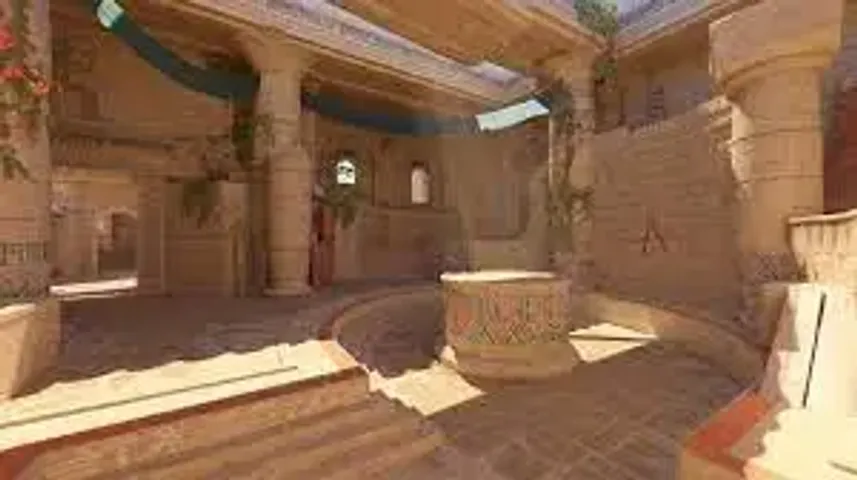79tka Insights
Your go-to source for the latest news and information.
Map Veto Wars: Navigating the Battlefield of CS2 Choices
Dive into the epic Map Veto Wars in CS2! Discover strategies, tips, and tricks to dominate the battlefield and outsmart your opponents!
Understanding Map Veto Strategies in CS2: A Comprehensive Guide
In Counter-Strike 2, understanding map veto strategies is crucial for teams aiming to secure an advantage over their opponents. The veto process involves each team selecting maps they wish to eliminate from the pool, directly influencing the final battlefield. A well-planned veto strategy can highlight your team’s strengths while exploiting the weaknesses of your rivals. For instance, if your team excels at close-quarters combat, prioritizing the removal of open maps such as Dust II can tilt the match in your favor.
When devising your map veto strategy, consider employing the following tactics:
- Know Your Opponent: Analyze the preferred maps of your enemies to eliminate their best options.
- Leverage Comfort Zones: Remove maps that your team struggles with to ensure you play on familiar territory.
- Adaptability: Have a flexible approach; be ready to adjust your strategy based on recent performances from both sides.

Counter-Strike is a popular first-person shooter game that pits two teams against each other, typically terrorists and counter-terrorists. One of the iconic maps is Nuke, known for its complex layout and vertical gameplay. Players often rely on effective nuke callouts to communicate strategies and coordinate movements during matches.
Top 5 Factors to Consider When Vetoing Maps in CS2
When it comes to vetoing maps in CS2, several factors can significantly influence your decision-making process. First and foremost, assess the team composition. Different maps favor certain playstyles and agent abilities. For instance, if your team is heavily reliant on snipers, you might want to veto maps like Dust II or Mirage, which offer long sightlines for sniper engagements. Conversely, if your strength lies in close-quarters combat, opting to veto larger, open maps such as Overpass can help you steer the odds in your favor.
Another critical factor to consider is recent performance on specific maps. Analyze your team's track record and determine which maps have historically posed challenges or yielded poor outcomes. In addition to your own performances, consider the current meta and how it affects map viability. Finally, take into account the opponent's strengths; vetoing a map that you know they excel on can provide a competitive edge. By carefully weighing these factors, you can make informed decisions that enhance your team's chances of success.
How Map Vetoing Affects Match Outcomes in CS2: Insights and Analysis
Map vetoing is a critical strategic element in CS2 that shapes the competitive landscape of matches. Teams engage in a tactical dance as they eliminate maps from the pool, trying to steer the game towards their strengths while exploiting their opponents' weaknesses. This process not only influences the flow of the game but also affects player morale and preparation. For instance, if a team is particularly strong on a specific map, their decision to veto that map can signal confidence and tactical insight to their opponents, potentially leading to a psychological edge even before the first round begins.
Furthermore, understanding how map vetoing affects match outcomes goes beyond just player strategy; it delves into the analytical aspect of the game. Teams often rely on statistical analysis and historical performance data to inform their veto decisions. For example, a team might review previous matches against their opponents, considering factors such as win rates and map performance. This depth of analysis ensures that each chose or vetoed map aligns with their overall game strategy, thus maximizing their chances of securing a favorable outcome in the match. The implications of map vetoing can greatly alter the odds, proving that it is as much a part of the competitive strategy as the gameplay itself.